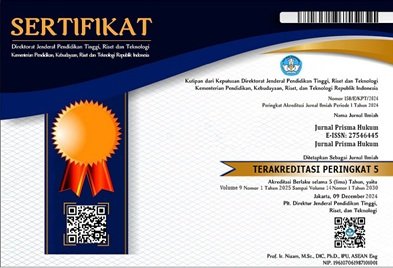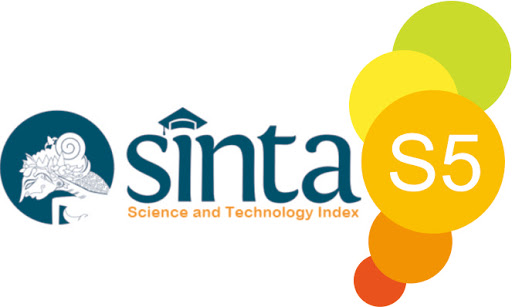ANALISIS YURIDIS DISPARITAS PUTUSAN MAHKAMAH AGUNG PADA KASUS KORUPSI TERKAIT BUMN DAN ANAK USAHA YANG MENGAKIBATKAN KERUGIAN KEUANGAN NEGARA
Kata Kunci:
Disparitas, Korupsi, BUMN, Kerugian NegaraAbstrak
Tugas pokok dan fungsi MA sebagai Pengadilan Negara Tertinggi untuk membina keseragaman dalam penerapan hukum melalui putusan kasasi dan peninjauan kembali serta menjaga agar semua hukum dan undang-undang diseluruh wilayah negara RI diterapkan secara adil, tepat dan benar (das sollen). Namun terjadi disparitas terkait beberapa putusan MA pada kasus tindak pidana korupsi terkait BUMN dan anak usaha. Lebih lanjut disparitas tersebut akan menghambat efektifitas penegakan hukum tindak pidana korupsi khususnya di BUMN (das sein). Penelitian ini bertujuan untuk menganalisis kedudukan hukum BUMN dan anak usaha sebagai kekayaan negara yang dipisahkan, dasar pertimbangan putusan, serta dampak disparitas terhadap efektivitas penegakan hukum. Metode penelitian yang digunakan yuridis normatif dengan menggunakan pendekatan perundang-undangan, konsep dan kasus. Sumber data terdiri dari bahan hukum primer, sekunder, dan tersier, termasuk dokumen putusan pengadilan. Analisis menggunakan teknik analitis preskriptif. Hasil penelitian menunjukkan anak usaha BUMN, yayasan, pihak lainnya termasuk ranah keuangan negara jika mendapatkan fasilitas dan penugasan dari pemerintah atau negara. Disparitas putusan pidana merupakan penerapan putusan pidana yang tidak sama terhadap tindak pidana yang sama dan dapat diperbandingkan. Pembuktian tipikor dilakukan dengan membuktikan delik sesuai dengan undang-undang, membuktikan adanya sifat tercela dan niat jahat. Selain itu disparitas putusan pengadilan akan menyebabkan berkurangnya efektivitas hukum menimbulkan ketidakpastian, menurunkan kepercayaan publik, dan mengurangi efek jera terhadap pelaku korupsi. Oleh karena itu hakim harus mempertimbangkan prinsip kepastian hukum, prinsip keadilan, dan prinsip kemanfaatan agar tujuan penjatuhan pidana tersebut tercapai.
The primary duties and functions of the Supreme Court, as the highest judicial authority, are to ensure uniformity in the application of law through cassation and judicial review decisions, as well as to safeguard the fair, accurate, and proper implementation of all laws and regulations across the territory of the Republic of Indonesia. Nevertheless, disparities have arisen in several Supreme Court rulings concerning corruption cases involving state-owned enterprises (SOEs) and their subsidiaries. Such disparities, in turn, impede the effectiveness of corruption law enforcement, particularly within SOEs. This study aims to examine the legal status of SOEs and their subsidiaries as separated state assets, the judicial reasoning underlying the decisions, and the implications of such disparities for the effectiveness of law enforcement. The research adopts a normative juridical method, employing statutory, conceptual, and case approaches. The sources of data comprise primary, secondary, and tertiary legal materials, including court judgments. The analysis is conducted using a prescriptive analytical technique. The findings reveal that SOE subsidiaries, foundations, and other related entities fall within the scope of state finances when they receive facilities or mandates from the government or the state. Disparities in criminal judgments reflect inconsistent application of criminal sanctions to comparable offenses. The proof of corruption is established not only by demonstrating the legal elements of the offense as stipulated by law but also by establishing the existence of reprehensible conduct and criminal intent. Furthermore, disparities in court decisions undermine the effectiveness of the law, generate legal uncertainty, erode public confidence, and weaken the deterrent effect against corruption. Therefore, judges must carefully consider the principles of legal certainty, justice, and expediency to ensure that the objectives of criminal sentencing are fully achieved.





